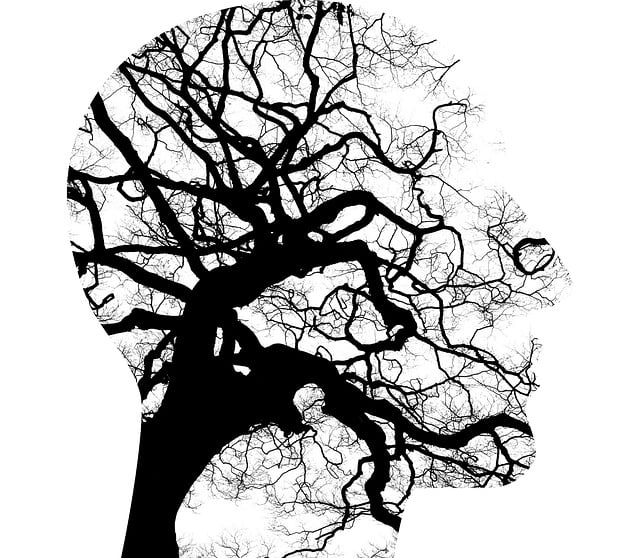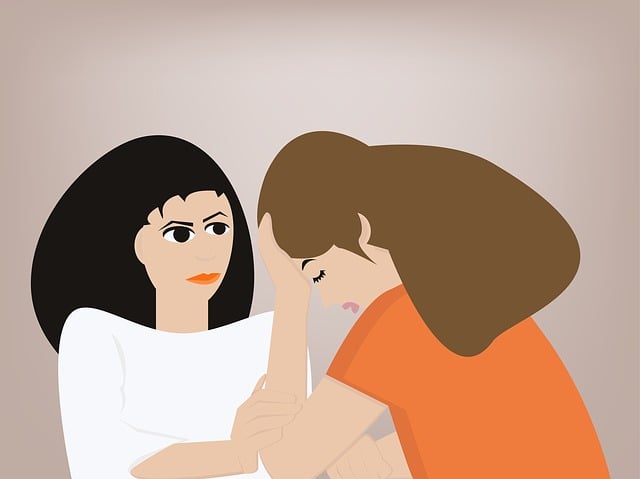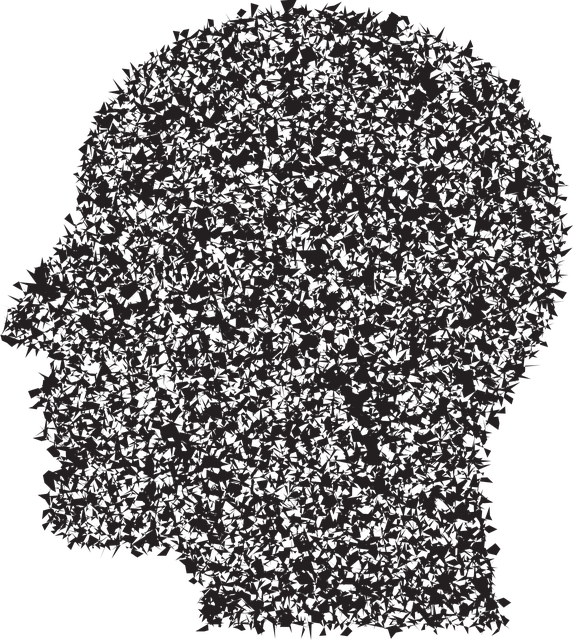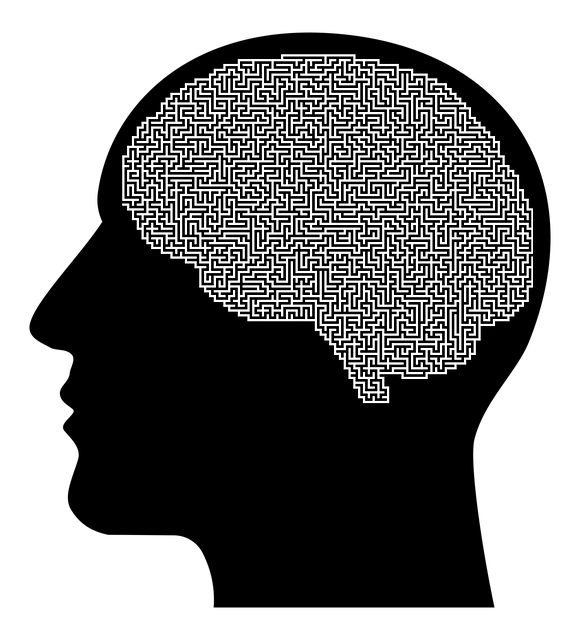Lone Tree Geriatrics Therapy crafts effective public awareness campaigns by understanding the unique needs, preferences, and perspectives of seniors, their families, and caregivers. Tailored messaging based on these insights ensures relevance and engagement. Emphasizing success stories through accessible formats like videos and workshops fosters community and deep resonance. Aligning campaign goals with promoting holistic well-being in aging populations encourages proactive mental health approaches, ultimately enriching the lives of seniors and their supporters through meaningful change.
Public awareness campaigns play a pivotal role in educating communities about vital issues. In this article, we explore strategies for developing impactful initiatives, focusing on Lone Tree Geriatrics Therapy’s unique approach. We begin by understanding target audiences, crafting compelling messages that resonate, and then provide a comprehensive guide to designing and implementing engaging programs. Discover how these steps can effectively raise awareness, align with therapy goals, and ultimately benefit the community.
- Understanding the Target Audience: Unlocking Effective Campaign Strategies
- Crafting Compelling Messages: Aligning with Lone Tree Geriatrics Therapy's Goals
- Designing and Implementing Engaging Awareness Programs: A Step-by-Step Guide
Understanding the Target Audience: Unlocking Effective Campaign Strategies

Understanding your target audience is a cornerstone in developing effective public awareness campaigns. For initiatives focused on promoting Lone Tree Geriatrics Therapy and related services, it’s crucial to recognize that different demographics, such as seniors, their families, and caregivers, may have distinct needs and preferences. Tailoring messages accordingly ensures relevance and engagement. For instance, campaigns targeting seniors might emphasize the therapy’s benefits for maintaining emotional well-being and independence, while those aimed at caregivers could highlight resilience-building aspects, providing them with valuable Self-Awareness Exercises to manage stress effectively.
By delving into the unique perspectives of each group, campaign strategists can unlock powerful communication techniques. Emphasizing success stories and personal testimonies from within the geriatric community can be an effective Emotional Well-being Promotion Technique. Additionally, incorporating accessible and engaging formats, such as videos or workshops, allows for better absorption of information. This inclusive approach not only captures attention but also fosters a sense of community, ensuring that awareness campaigns resonate deeply with the intended audience.
Crafting Compelling Messages: Aligning with Lone Tree Geriatrics Therapy's Goals

Crafting compelling messages for public awareness campaigns requires a deep understanding of the target audience’s needs and desires. For Lone Tree Geriatrics Therapy, aligning campaign goals with their mission to promote holistic well-being among seniors is paramount. Effective messaging should highlight the importance of mental wellness and coping skills development in aging populations, fostering positive thinking and overall life satisfaction.
By integrating these themes, awareness campaigns can resonate with individuals and communities, encouraging proactive approaches to mental health. This strategic alignment ensures that Lone Tree Geriatrics Therapy’s efforts not only reach a wide audience but also inspire meaningful change, ultimately enriching the lives of seniors and those who support them.
Designing and Implementing Engaging Awareness Programs: A Step-by-Step Guide

Designing and implementing engaging awareness programs is a multifaceted process that requires careful planning and creative strategies. To develop impactful campaigns, start by identifying the specific issue or behavior you aim to address. For instance, promoting geriatrics therapy through Lone Tree Geriatrics Therapy can be a powerful initiative. Conduct thorough research to understand the target audience’s demographics, preferences, and existing knowledge about the topic. This step is crucial for tailoring your message effectively.
Next, set clear objectives aligned with your campaign goals. Consider using visual aids, storytelling, or interactive elements to make the program memorable. Incorporate techniques like positive thinking exercises or emotional regulation strategies in educational materials to resonate with participants. Ensure the content is accessible and tailored to different learning styles. Regularly assess the program’s impact through feedback mechanisms and risk assessment tools for mental health professionals to guarantee continuous improvement.
Public awareness campaigns are powerful tools for organizations like Lone Tree Geriatrics Therapy to educate and engage their target audiences. By understanding specific needs and crafting tailored messages, as demonstrated in this guide, healthcare providers can effectively reach and impact communities. The step-by-step approach ensures that programs are not just informative but also engaging, fostering real change and contributing to the overall success of Lone Tree Geriatrics Therapy’s initiatives.











